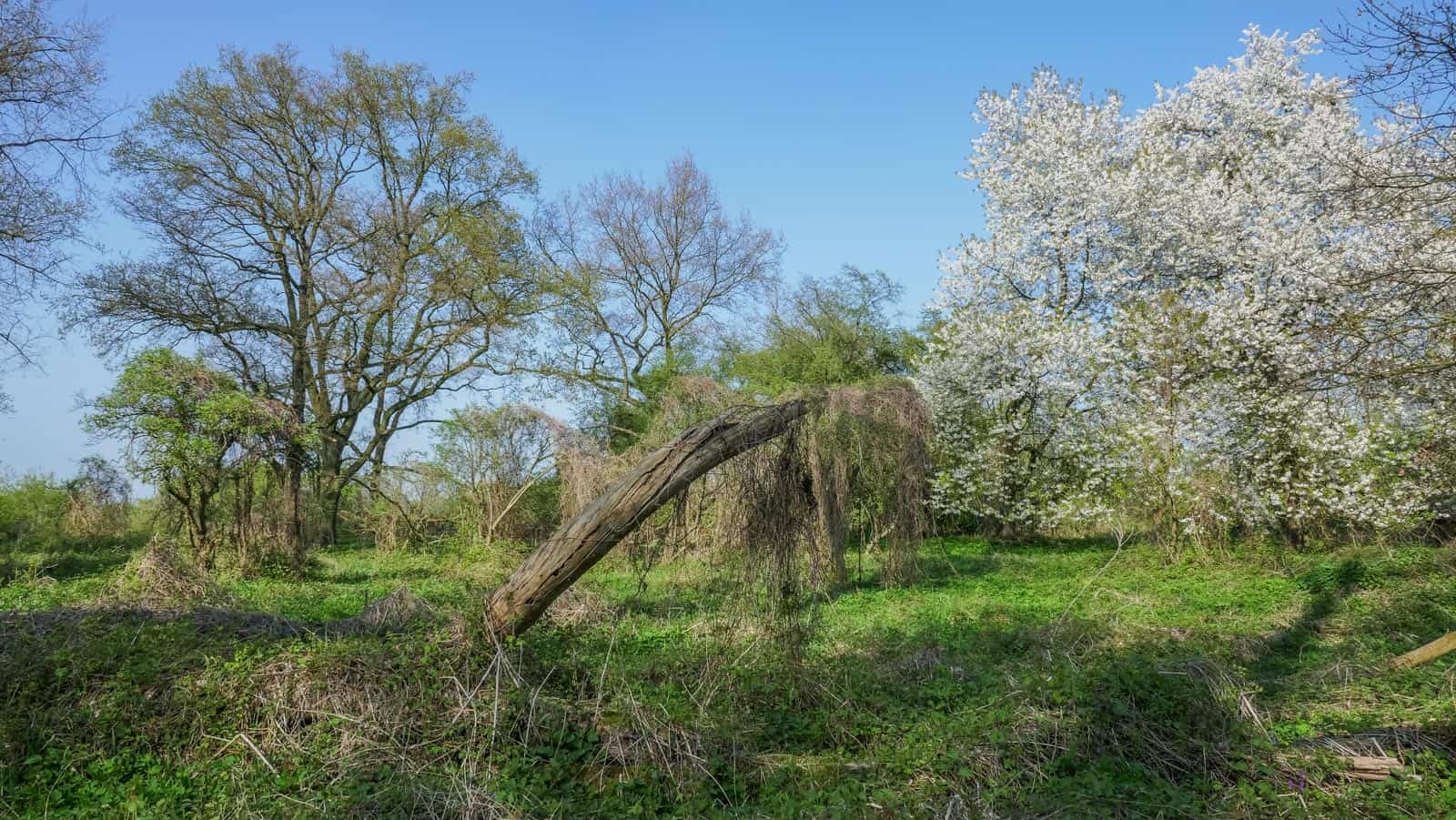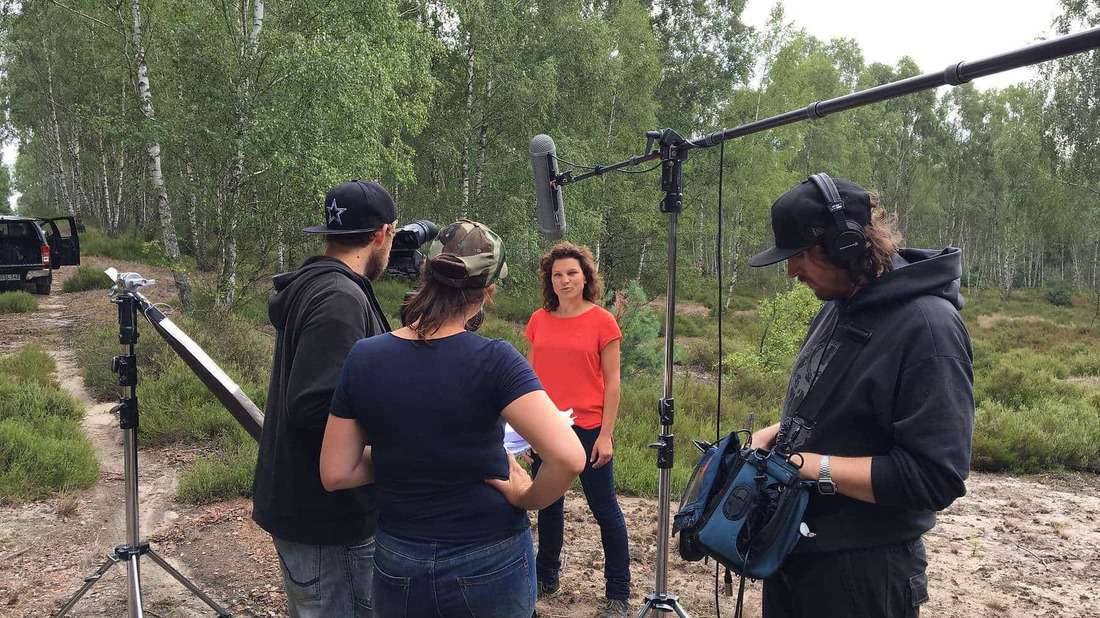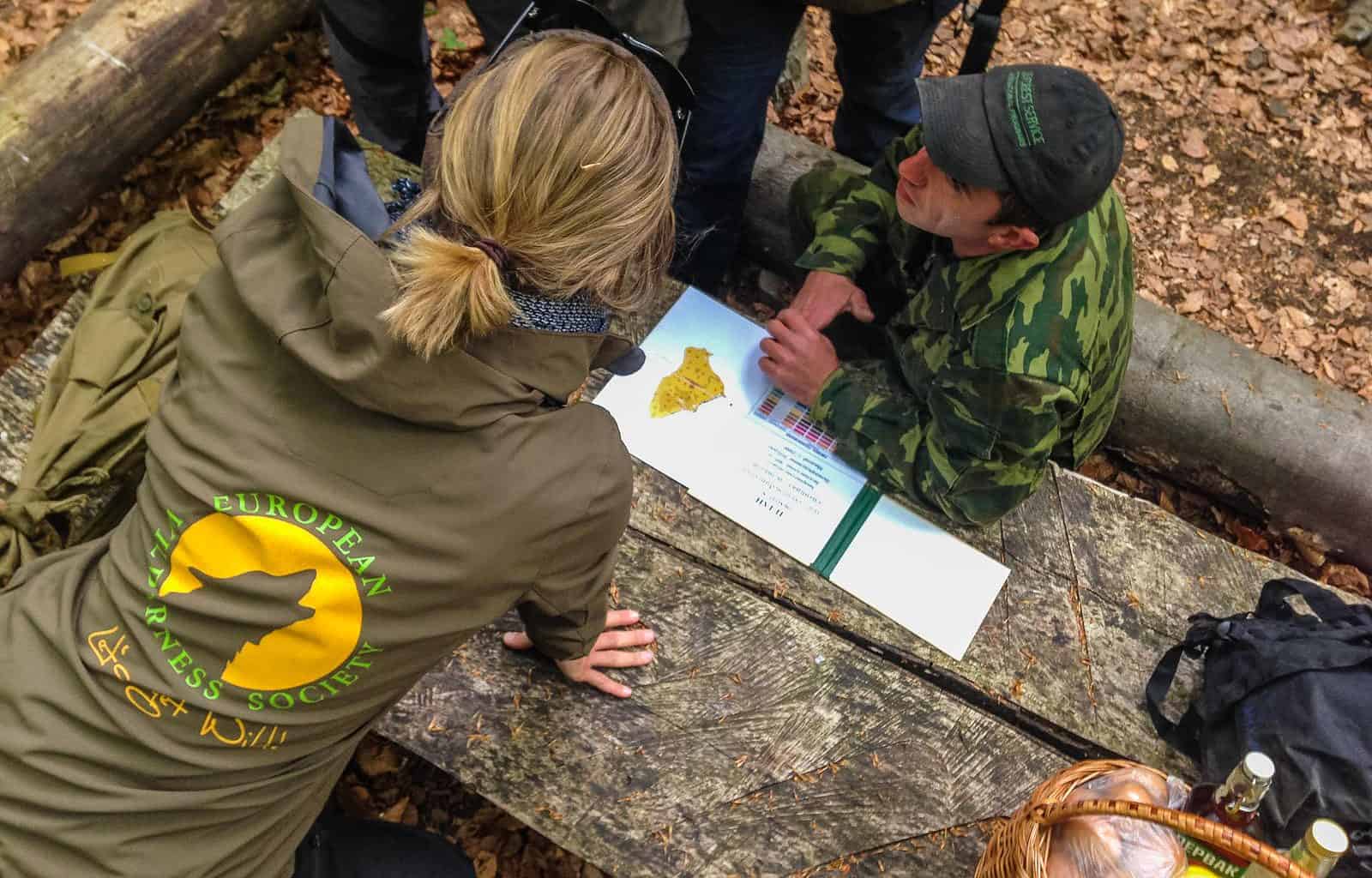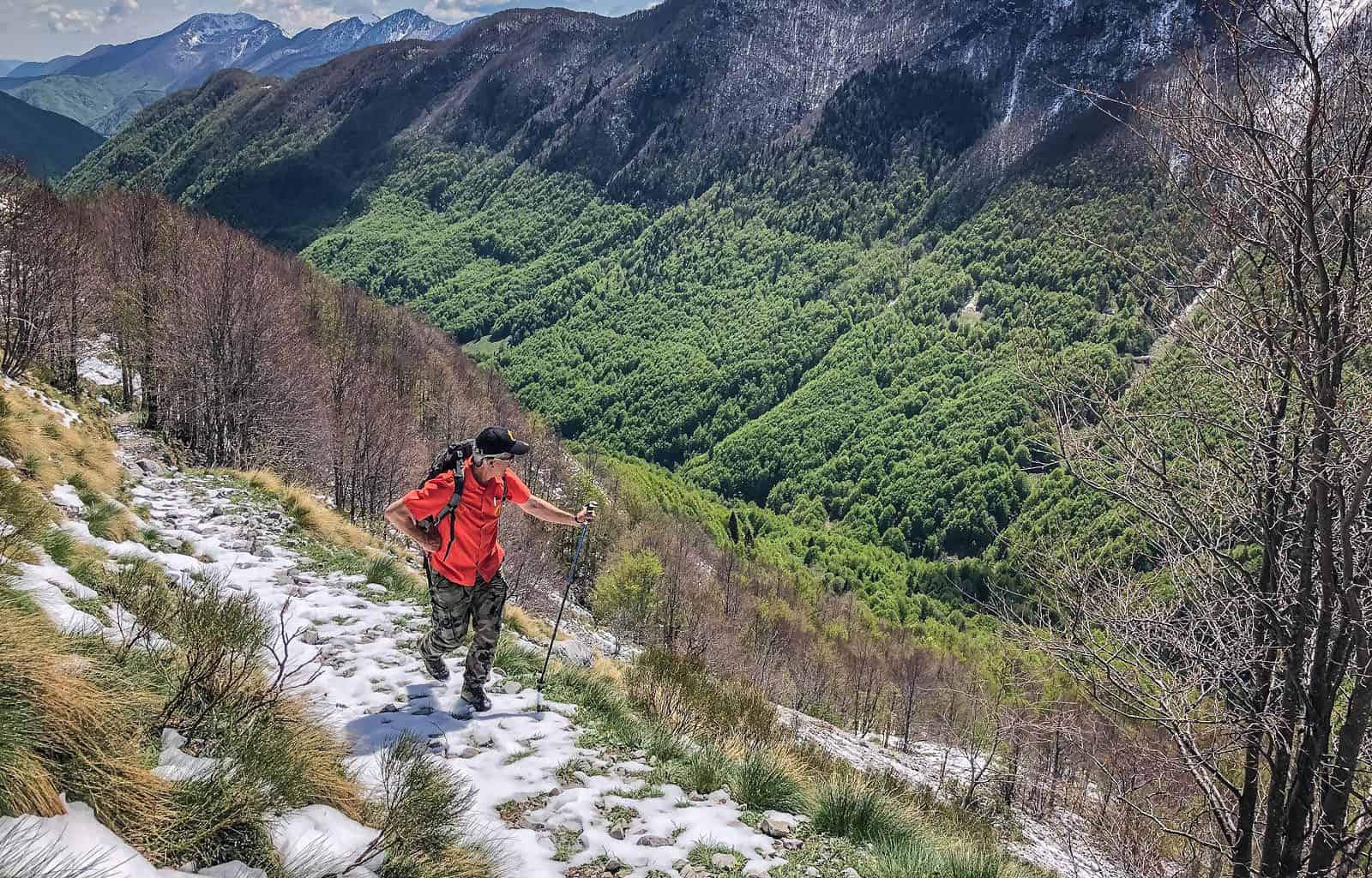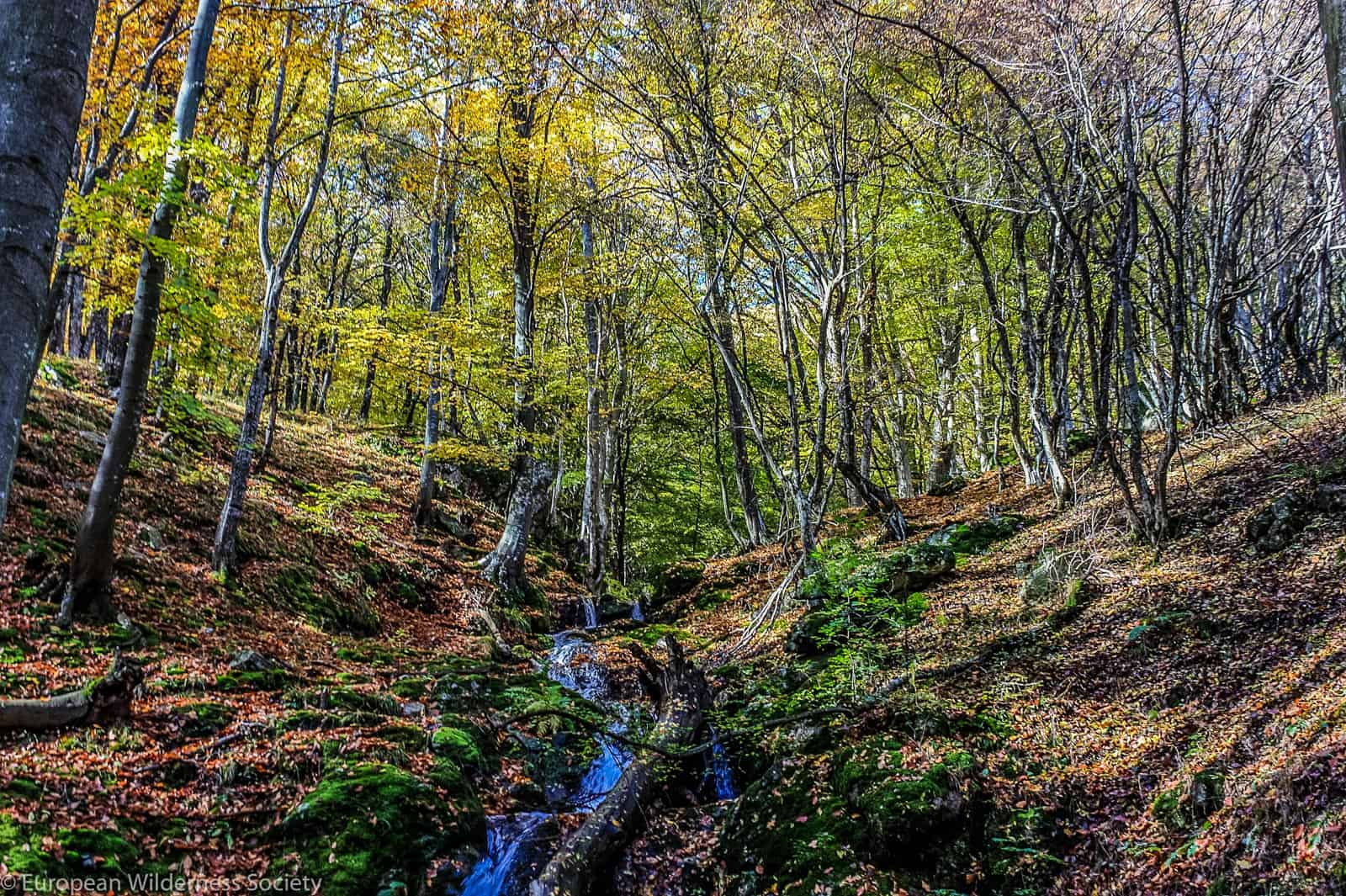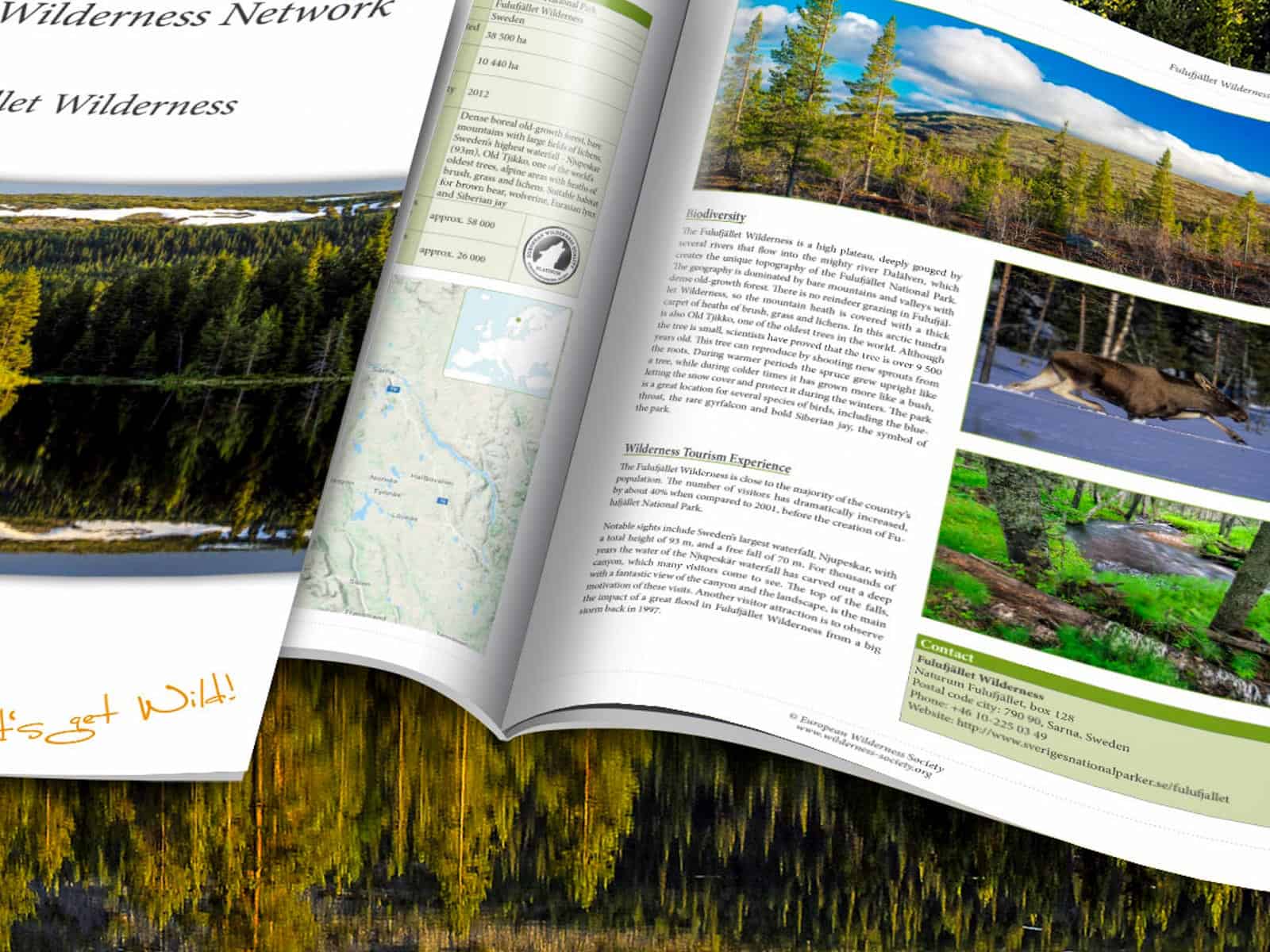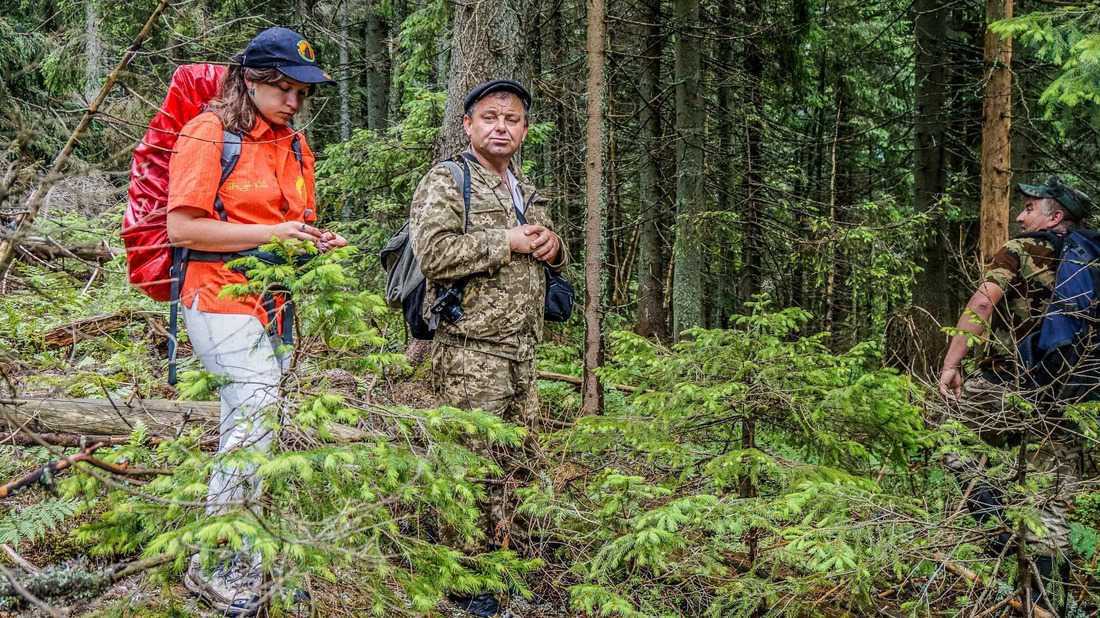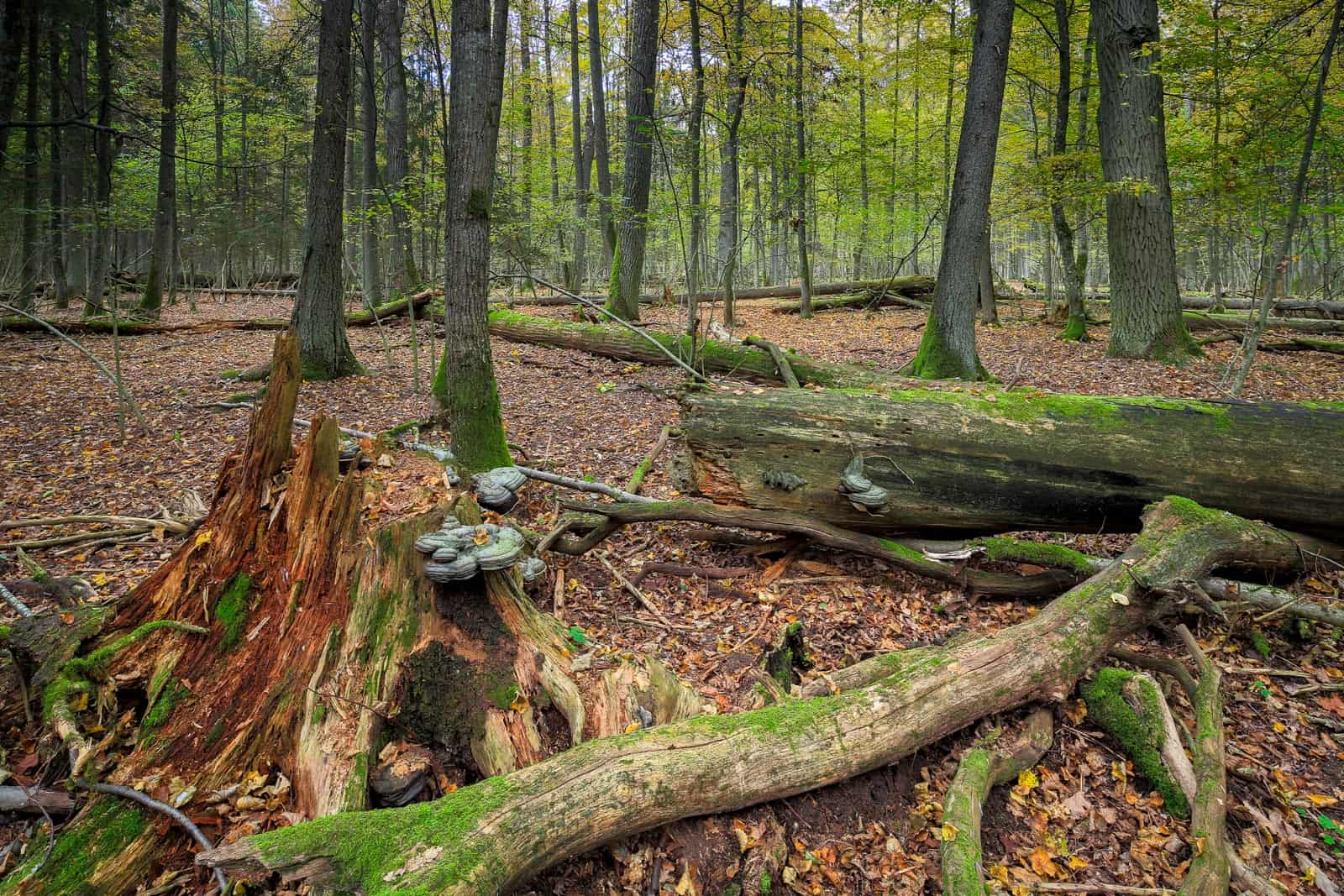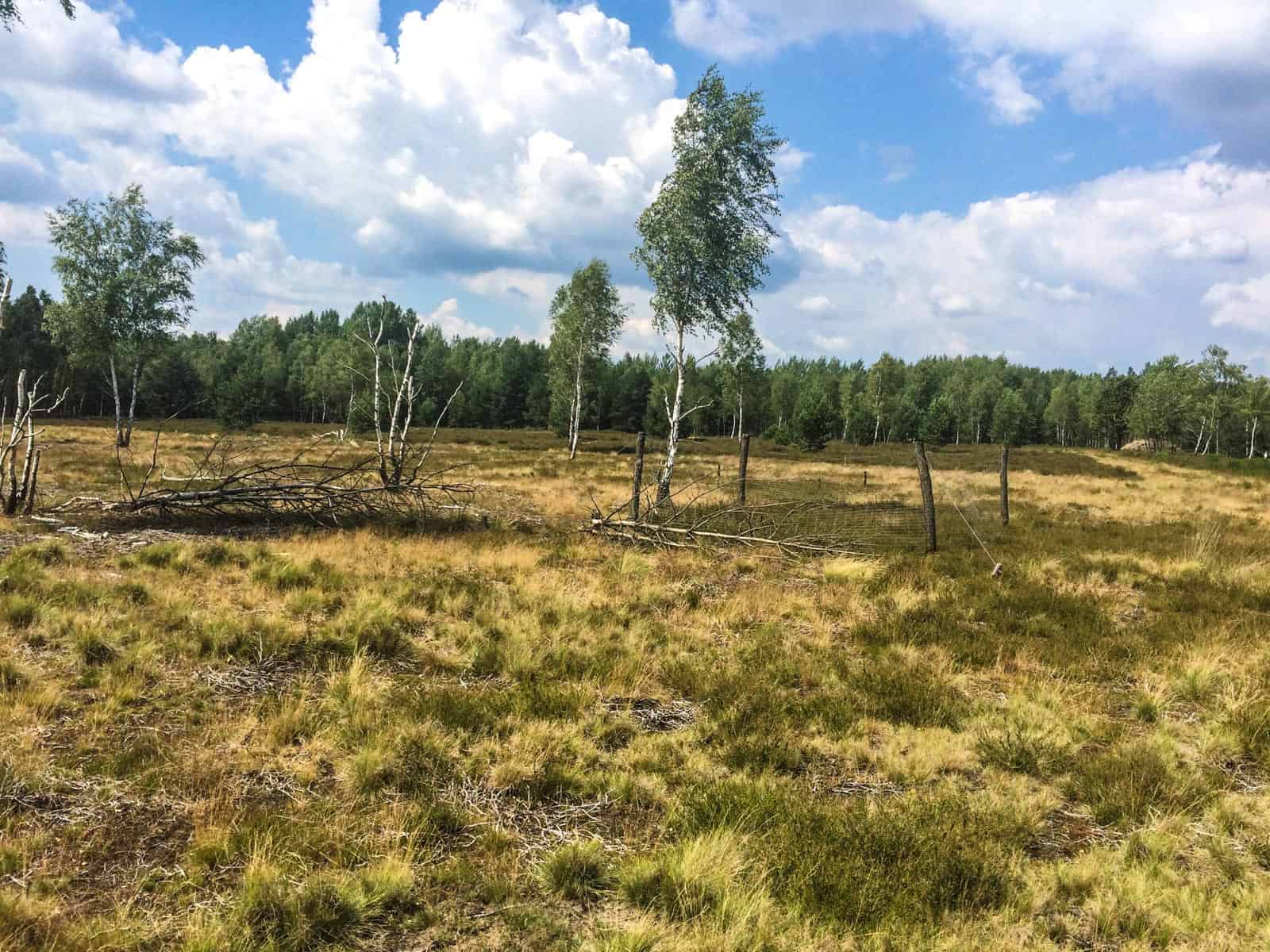Is there hope for Wilderness in The Netherlands?
We can find Wilderness in some of the most unexpected places, as long as people leave areas to develop according to natural dynamic processes. So, can we find Wilderness also in one of the most densely populated countries of Western Europe, with over 17 million inhabitants? One thing is sure, there is no primary Wilderness nowadays in the Netherlands. Yet some areas develop naturally since the 1980’s and 1990’s, providing potential to new Wilderness. Approximately 1% of the surface of The Netherlands consists of virtually self-sufficient and large-scale wild nature. These are areas without extractive uses, such as forestry of fisheries, in which we find self-willed land. That is quite special in a country like The Netherlands, where people use almost all land for agricultural purposes.
This article has been written in cooperation with Stefan Pasma, founder of Ongerepte-Natuur.nl and focusing on Wilderness in The Netherlands.
Please also read: First wolf pack confirmed in The Netherlands
One percent Wilderness
Most of the areas with Wilderness potential already have a protection status under Natura 2000. These Natura 2000 areas cover almost 15% of the country’s surface, including inland waters. Fifteen perfect might sound good, but we have to take in account that 10% of the Netherlands is inland water. And most of these waters fall under Natura 2000. Furthermore, the protected Natura 2000 areas consist mostly of ecosystems like heaths, marshes and forests that were shaped by people. So, the country is well on its way to meet the 17% goal of protected nature on land of the United Nations Aichi Biodiversity Convention, but it is still missing about 800 km².
The 1% wild nature in The Netherlands is calculated from the total surface area of the so-called Dutch ‘large-scale dynamic nature’ (N01). This nature type consists of four so-called management types, three for land (dune & salt marsh landscape, river & marsh landscape and sand & lime landscape) and one for coastal waters (sea & mudflats). The wild nature includes the surfaces managed on land. This covers together more than 400 km², just over 1% of the Dutch land cover of 37 390 km² that excludes coastal waters.

There are larger areas where nature can practically go its own way. For example, the uninhabited islands Rottumeroog and Rottumerplaat in the Wadden Sea, and the river nature reserve Gelderse Poort along the Dutch-German border near Nijmegen.
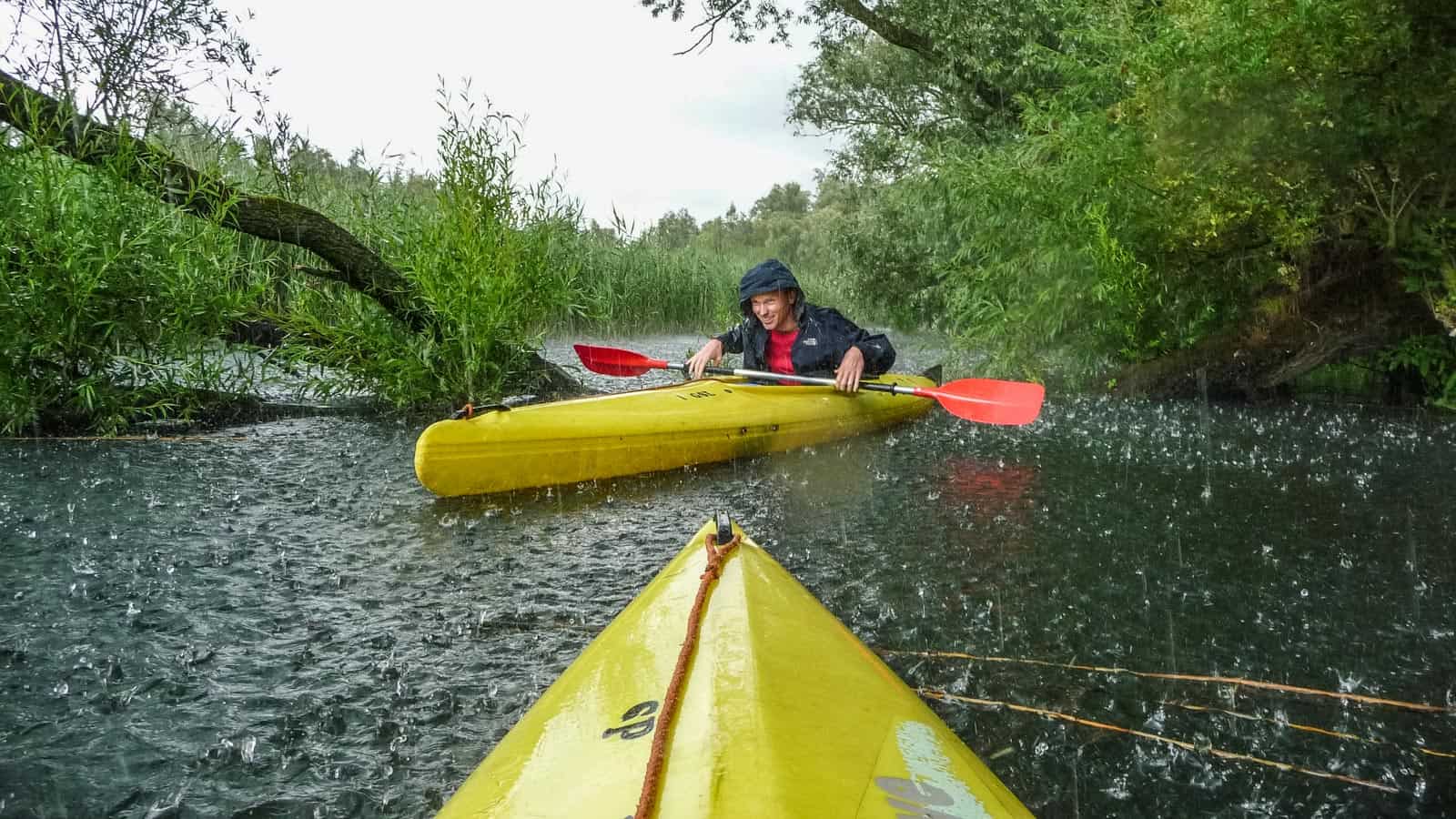
Potential Wilderness on the Veluwe
Clearly, the Dutch have potential wild nature, which is appealing for many characteristic animal species. It simply requires sufficient space and enough time, before wild nature returns. Perhaps currently the most wild area in The Netherlands is the Veluwe. It is one of the biggest forest areas in northwestern Europe that covers 900 km² of forests, heaths and sand drifts. The Natura 2000 legislation protects the whole area, but its management has still room for improvement. Government and private landowners use roughly one third of the Veluwe forests still for harvesting timber. Meanwhile, only 10% of the area is a National Park. In fact, there are two smaller separated National Parks: the Veluwezoom and Hoge Veluwe. What if all areas become one ‘National Park the Greater Veluwe’? It would be a small step towards the ‘IUCN 75 percent rule’ for National Parks. That would create opportunities for nature to go its own way on almost 700 km² of the Veluwe.
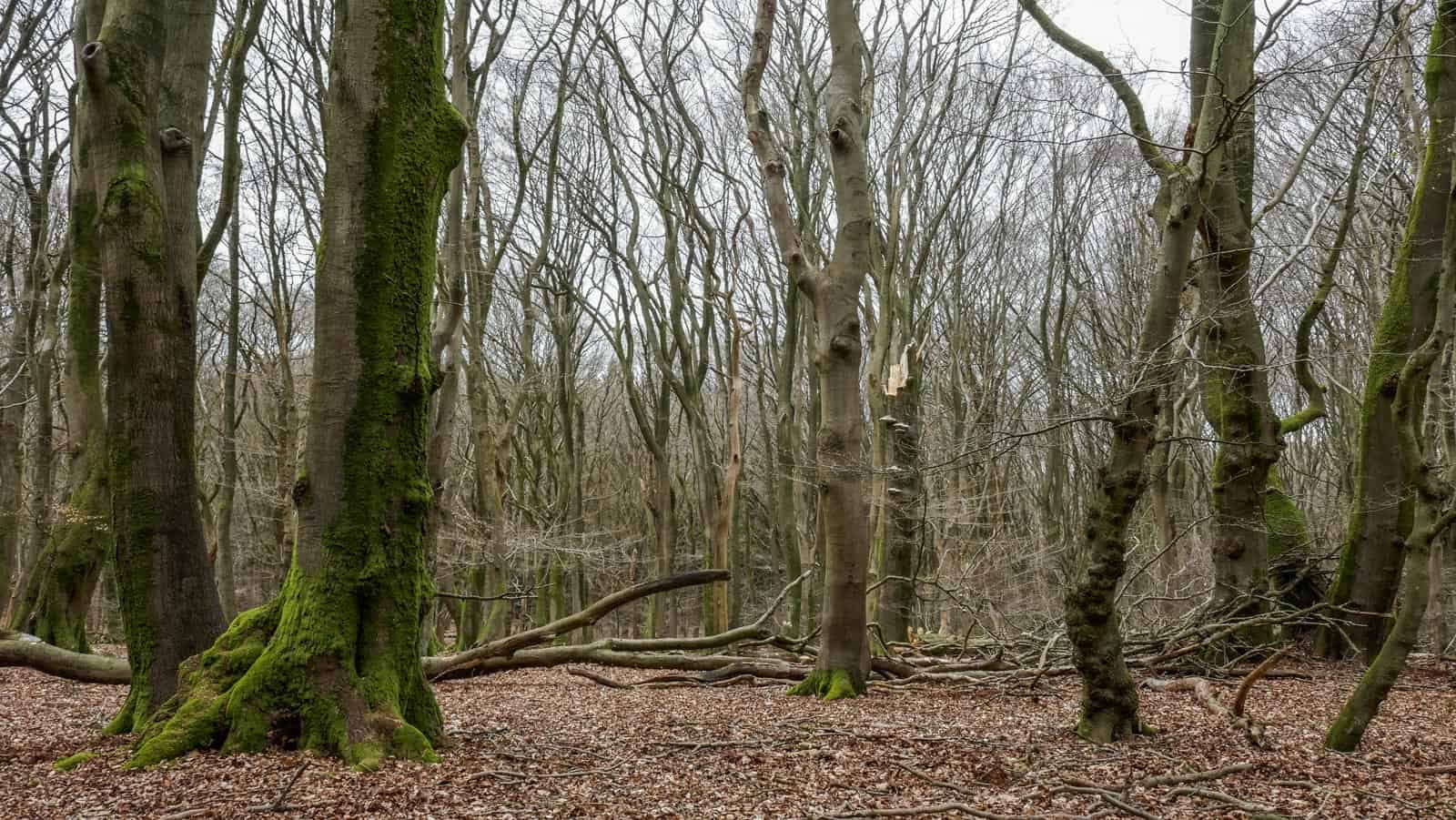
Wild nature returns already
In the spring of 2019, the wild nature of the Veluwe took already a big step all by it self. A wolf pair gave birth to five young wolf pups. For the first time in about 150 years, there was a wolf pack in The Netherlands. The Dutch people where surprised at first to see their return: wild wolves in the Netherlands? Yet, the wolves show that the Dutch should be proud of their, still somewhat hidden, but spectacular wild nature. Hopefully the return of the wolf can become the symbol of the returning Dutch Wilderness too!
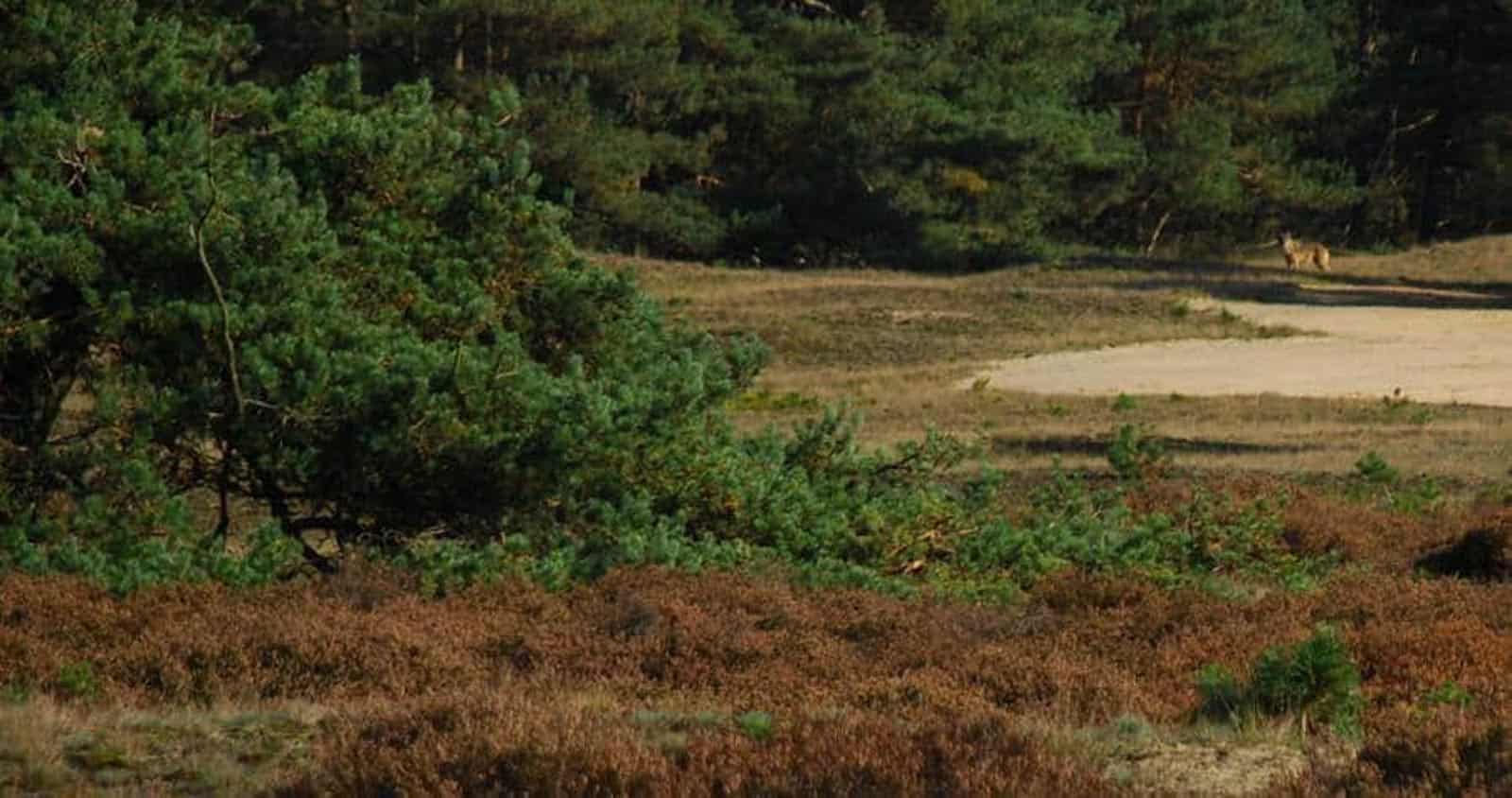
Do you know of other areas that are characterised by natural dynamic processes? Let us know in the comments below and we might find a potential Wilderness together!
Photos provided by Stefan Pasma, Ongerepte-Natuur.nl

